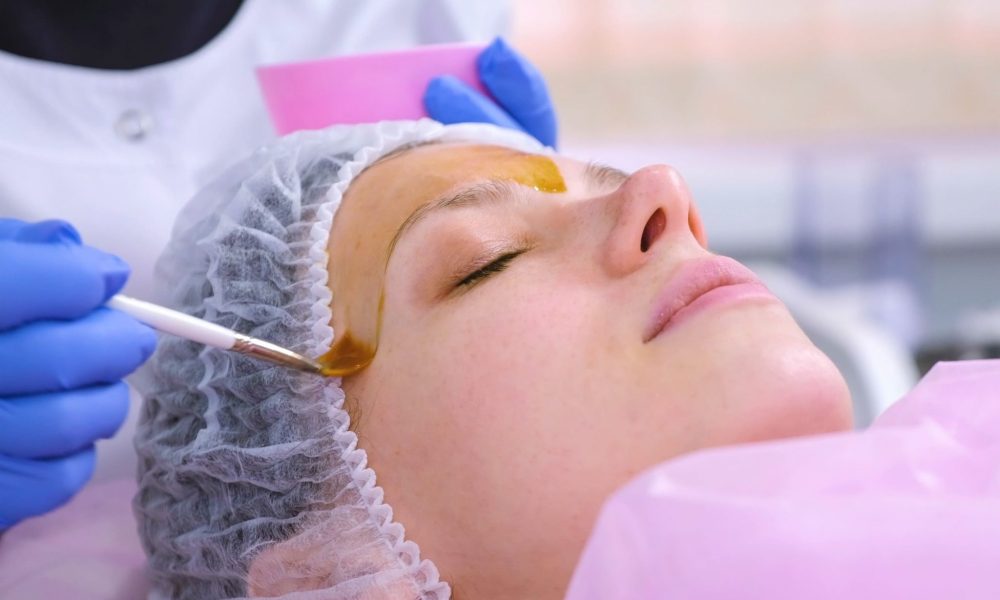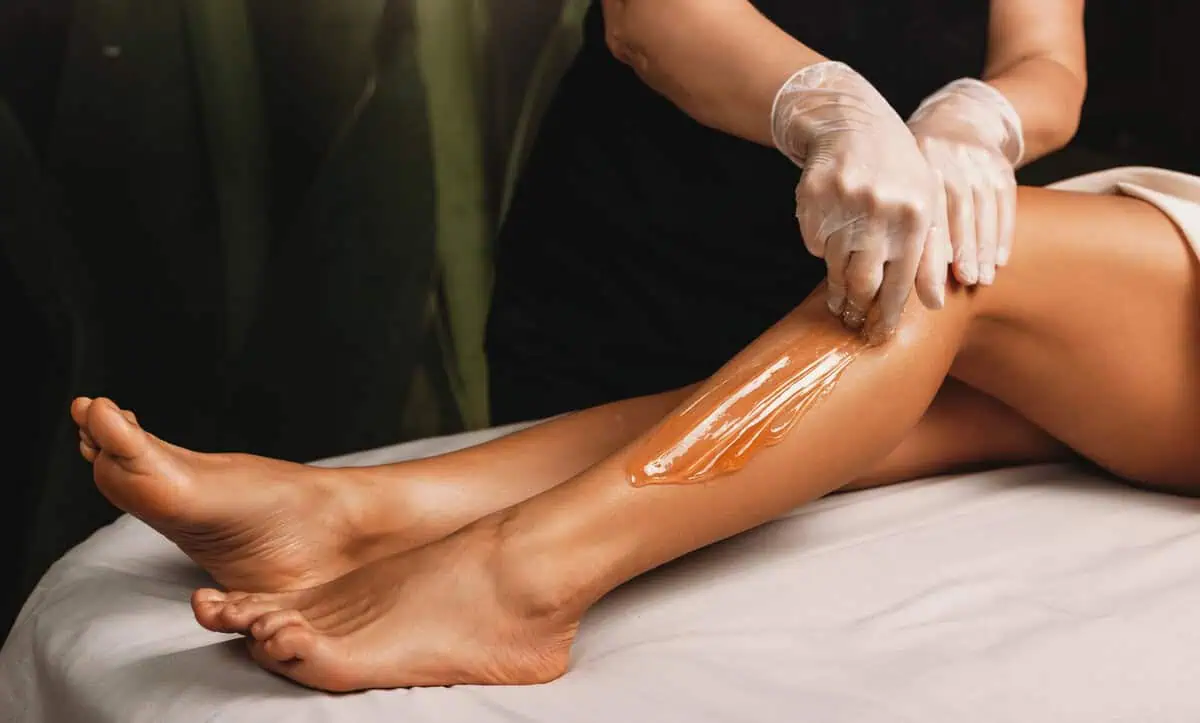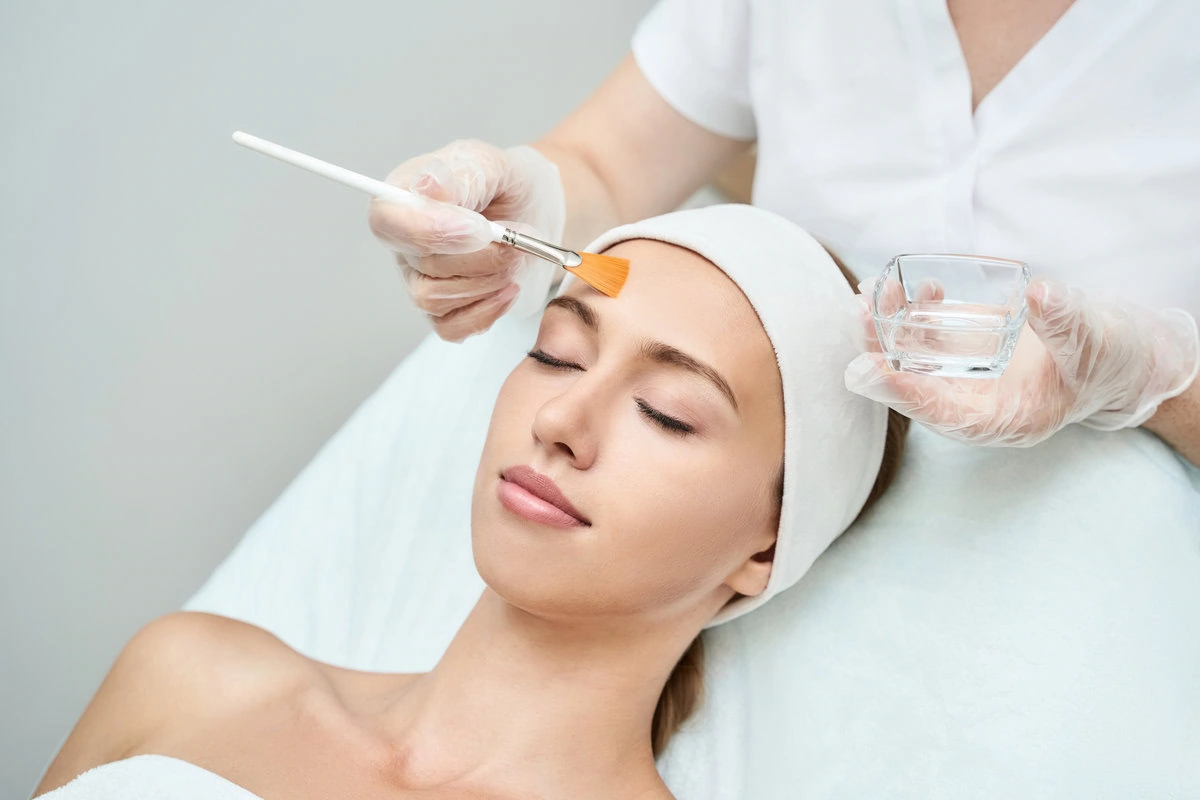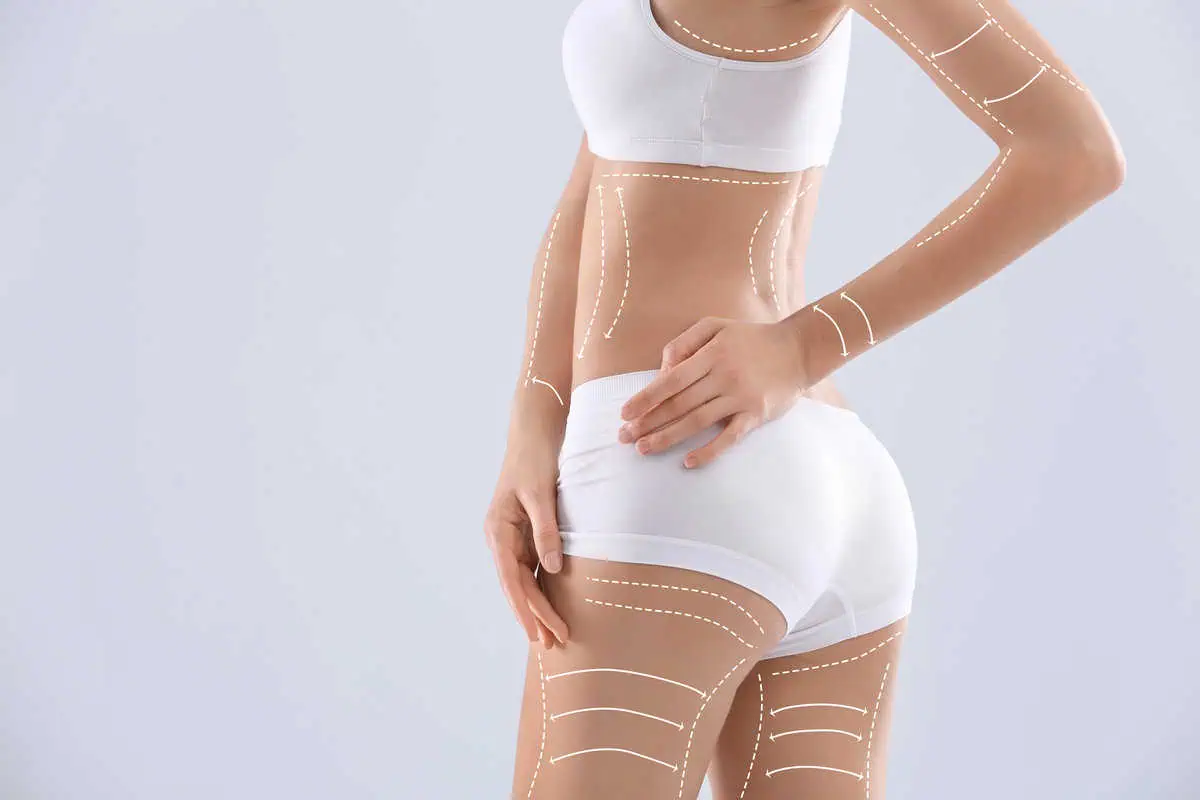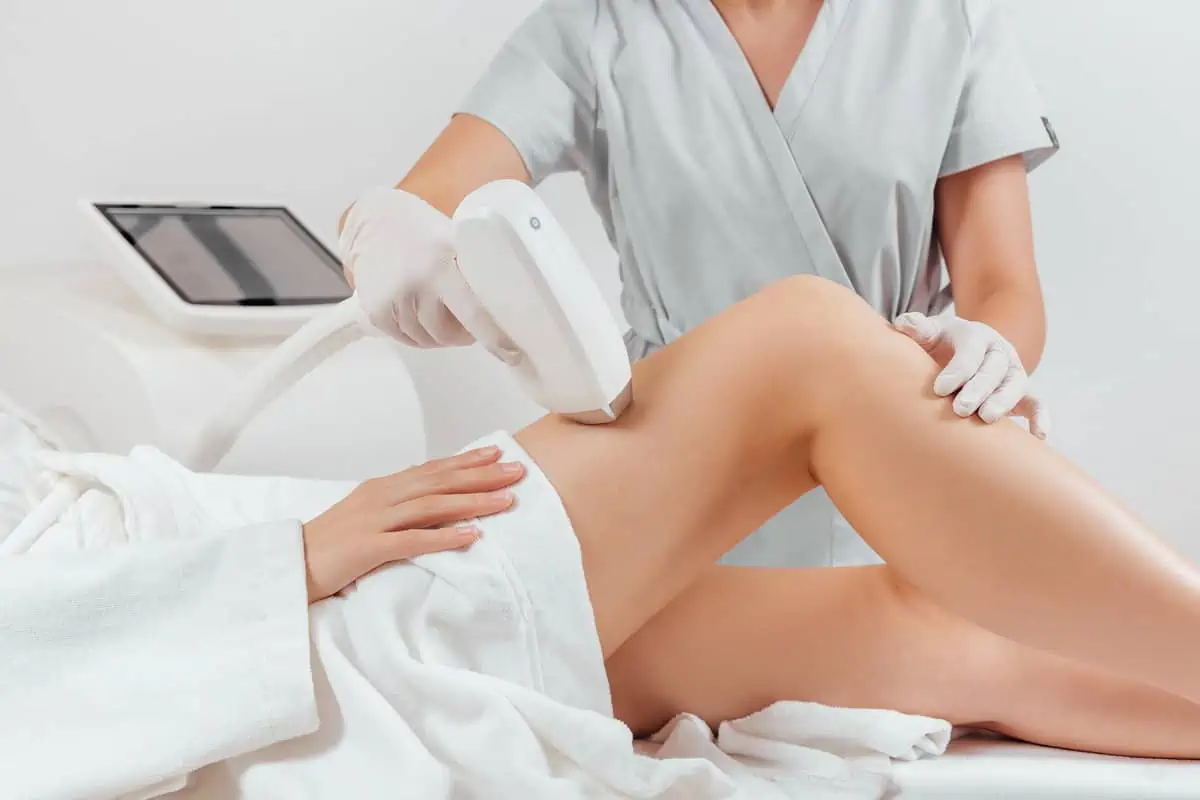Chemical peeling is an increasingly popular cosmetic treatment for its capability to rejuvenate the skin and treat various skin conditions. From reducing wrinkles and fine lines to treating acne scars and hyperpigmentation, chemical peels have been known to work wonders for those looking to improve their skin’s appearance. However, one question that often arises in the minds of those considering this treatment is whether it can also lighten the skin.
With a plethora of conflicting information and misconceptions surrounding this topic, it can be challenging to determine whether chemical peels are viable for skin lightening. So we will look into the science behind chemical peels and explore the effectiveness of this treatment in achieving a lighter skin tone. So, let’s get started!
What Are Chemical Peels, And How Do They Work?
Chemical peels concern the application of a chemical formula to the skin, which provokes the outermost layers of the skin to peel off, revealing smoother, brighter, and more youthful-looking skin. The chemical solution used in a chemical peel can deviate depending on the type of peel and the intended outcome. Some of the most commonly used solutions include alpha-hydroxy acids (AHAs), beta-hydroxy acids (BHAs), and trichloroacetic acid (TCA).
The chemical formula is applied to the skin, where it is left to sit for a specific amount of time, depending on the type and strength of the solution. During this time, the solution works to dissolve the bonds between the skin cells, allowing the outermost coating of the skin to peel off naturally. Shedding dead skin cells and stimulating the growth of new skin cells gives the skin a refreshed and rejuvenated appearance.
Chemical peels have different strengths, from superficial to medium to deep.
Chemical Peel Types
Chemical peels come in various types, each with distinct benefits and drawbacks. The type of peel recommended for an individual will depend on the individual’s skin type and the skin concerns being addressed.
Superficial Peels
Superficial peels are the softest type of chemical peel and are typically used to treat minor skin concerns such as mild acne, sun damage, and fine lines. These peels use gentle alpha-hydroxy acids (AHAs) such as glycolic acid or lactic acid to remove only the outermost layer of dead skin cells. Superficial peels require little downtime and are often referred to as “lunchtime peels” because they can be performed quickly.
Medium Peels
Medium peels use a more robust chemical solution, such as trichloroacetic acid (TCA), to penetrate deeper into the skin and treat more severe skin concerns such as moderate acne, hyperpigmentation, and deep wrinkles. Medium peels require a longer recovery, as the skin will peel and flake for several days following treatment.
Deep Peels
Deep peels are the most intense chemical peel reserved for more severe skin concerns such as deep wrinkles and scars. These peels use a robust chemical solution, such as phenol, to deeply infiltrate the skin and remove the outermost layers of the skin. Deep peels require the longest recovery time, as the skin will peel and flake for up to two weeks following treatment.
Lightening Effect Of Chemical Peels
The primary purpose of chemical peels is to rejuvenate the skin, improve its texture and tone, and reduce the appearance of skin concerns such as fine lines, wrinkles, and acne scars. However, chemical peels can also lighten the skin, making them a popular choice for those looking to achieve a brighter, more even complexion.
The lightening effect of chemical peels is achieved by exfoliating the outermost layers of the skin, where most of the pigmentation resides. Hyperpigmentation, caused by various factors such as sun damage, hormonal changes, and acne scarring, is characterized by the overproduction of melanin in the skin. Chemical peels remove the top layer of skin containing the excess melanin, revealing a brighter, more even complexion.
Factors Affecting Skin Lightening
While chemical peels can be effective at lightening the skin, the degree of lightening achieved will depend on several factors, including the type of peel used, the depth of the peel, the individual’s skin type, and the frequency of treatment.
- Type of Chemical Peel Used: Superficial peels are less likely to have a significant lightning effect, while medium and deep peels can achieve more dramatic results.
- Depth of the Peel: Deeper peels penetrate further into the skin, removing more melanin and resulting in a more significant lightening effect. However, deeper peels also require more downtime and carry a higher risk of complications.
- Skin Type: Individuals with darker skin tones may be more prone to hyperpigmentation and may require more sessions of superficial peels to achieve the desired lightening effect. Additionally, individuals with darker skin tones are more prone to post-inflammatory hyperpigmentation, a condition where new hyperpigmentation develops following an injury to the skin.
- Frequency of Treatment: Superficial peels can be performed more frequently than medium or deep peels, as they are less intense and have a lower risk of complications. However, the frequency of treatment will ultimately depend on the individual’s skin type and the treatment goals.
Safety Concerns
While chemical peels can be a safe and practical way to revitalize the skin and achieve a brighter complexion, they come with some potential risks and complications, especially with more intense peels.
The most common side effects of chemical peels include redness, flaking, and sensitivity to sunlight. These side effects are generally mild and settle independently within a few days to a week after treatment. However, more severe side effects, such as scarring, infection, and changes in skin color, can occur with more intense peels.
The more intense the peel, the greater the risk of complications. Deep peels are the most intense and carry the highest risk of complications. They can cause significant peeling and redness, and the skin may take up to two weeks to heal fully. In rare cases, deep peels can cause scarring, infection, or changes in skin color.
Takeaway
If you’re considering a chemical peel to improve the appearance of your skin and achieve a brighter complexion, it’s essential to book a licensed and experienced professional. Royalty Wellness Medspa offers a variety of chemical peel treatments customized to meet each individual’s unique needs and concerns. Our licensed and experienced professionals will work with you to determine the best treatment plan for achieving your desired results while minimizing the risk of complications.
Contact us today to schedule a consultation and learn how chemical peels can rejuvenate your skin and give you a refreshed, youthful appearance. With Royalty Wellness Medspa, you can trust that you’re receiving safe and effective treatments tailored to your unique needs. Don’t wait to achieve the beautiful, glowing skin you deserve. Contact us today and take the first phase towards a more confident, radiant you.

